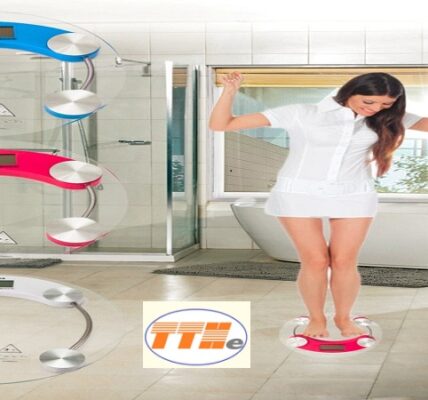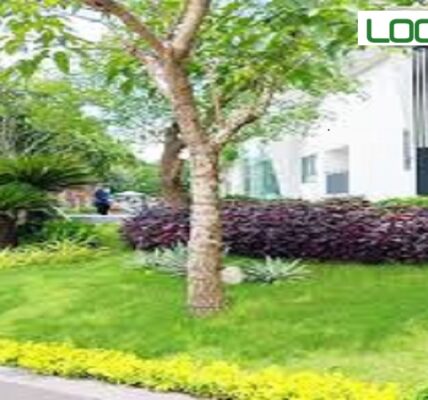Glass curtain walls have become a pivotal element in contemporary architectural design, known for their ability to seamlessly blend aesthetic appeal with functional performance. baobinhduong.top share Originating in the early 20th century, these structures have evolved substantially, incorporating advanced materials and technologies that meet the growing demands for energy efficiency and structural integrity.
The Architectural Elegance and Functionality of Glass Curtain Walls
At its core, a glass curtain wall from unit GlassCurtains is a non-load-bearing exterior wall system that is attached to the building structure. Unlike traditional walls, which support the weight of the building, curtain walls bear only their own weight and the environmental forces acting upon them. This allows for the use of expansive glass panels that provide unobstructed views, natural light, and a sleek, modern appearance.
The basic structure of a glass curtain wall comprises two main components: the glass panels and the supporting framework. The glass panels are typically made from high-performance materials such as tempered or laminated glass, offering enhanced strength and safety. The supporting framework, usually constructed from aluminum or steel, provides the necessary stability and support to the glass panels. Together, these components create a lightweight yet sturdy façade that can withstand wind loads, temperature fluctuations, and other environmental factors.
One of the primary functions of glass curtain walls is to enhance the aesthetic appeal of a building. Their transparent nature allows for an open and airy feel, making interiors brighter and more inviting. Additionally, by maximizing natural light, glass curtain walls contribute to energy efficiency, reducing the need for artificial lighting and improving the overall energy performance of the building. Advanced technologies such as double or triple glazing, low-emissivity coatings, and thermal breaks further enhance the thermal insulation properties of glass curtain walls, minimizing heat loss and gain.
Common materials used in the construction of glass curtain walls on page Glass Curtain include aluminum, steel, and various types of glass. Aluminum is favored for its lightweight and corrosion-resistant properties, while steel offers superior strength and durability. Modern advancements have also introduced composite materials and innovative glazing solutions that improve performance and sustainability.
In summary, glass curtain walls represent a perfect amalgamation of form and function, offering architects and designers a versatile tool to create visually stunning and energy-efficient buildings. Their evolution continues to push the boundaries of what is possible in architectural design, making them an enduring symbol of modernity and innovation.
Benefits and Applications of Glass Curtain Walls
Glass curtain walls have become a hallmark of contemporary architecture, offering a blend of aesthetic appeal and practical benefits. One of the primary advantages is their ability to create a sleek, modern look that enhances the visual appeal of any building. The use of expansive glass panels provides unobstructed views, connecting the interior spaces with the external environment and fostering a sense of openness and connection with nature.
Beyond their aesthetic contributions, glass curtain walls offer significant functional benefits. Improved natural lighting is one of the most notable advantages. By allowing an abundance of daylight to penetrate the interior, these walls reduce the need for artificial lighting, thereby lowering energy consumption. This influx of natural light not only creates a more pleasant and productive environment but also contributes to energy efficiency.
Thermal insulation is another critical benefit. Modern glass curtain walls are designed with advanced glazing technologies that help maintain indoor temperatures, reducing the reliance on heating and cooling systems. This thermal efficiency translates into cost savings and a smaller carbon footprint, aligning with sustainable building practices.
Soundproofing capabilities are equally important, especially in urban environments. High-performance glass curtain walls can effectively dampen external noise, ensuring a quieter and more comfortable indoor atmosphere. This makes them an ideal choice for buildings located in bustling city centers or near busy thoroughfares.
The versatility of glass curtain walls allows them to be used in a wide range of applications. They are a popular choice for commercial skyscrapers, where their sleek appearance and functional benefits align with the demands of high-rise construction. In residential buildings, glass curtain walls can be customized to enhance living spaces, providing panoramic views and a luxurious ambiance. Additionally, they can be tailored to meet specific architectural and environmental requirements, ensuring optimal performance and aesthetic harmony.
ust-see articles: Glass Curtains Thailand should choose
Iconic buildings around the world showcase the impact of glass curtain walls. For instance, the Willis Tower in Chicago and the Burj Khalifa in Dubai exemplify how these structures can define skylines and set new standards in architectural design. Through their combination of elegance and functionality, glass curtain walls continue to shape the future of modern architecture.





